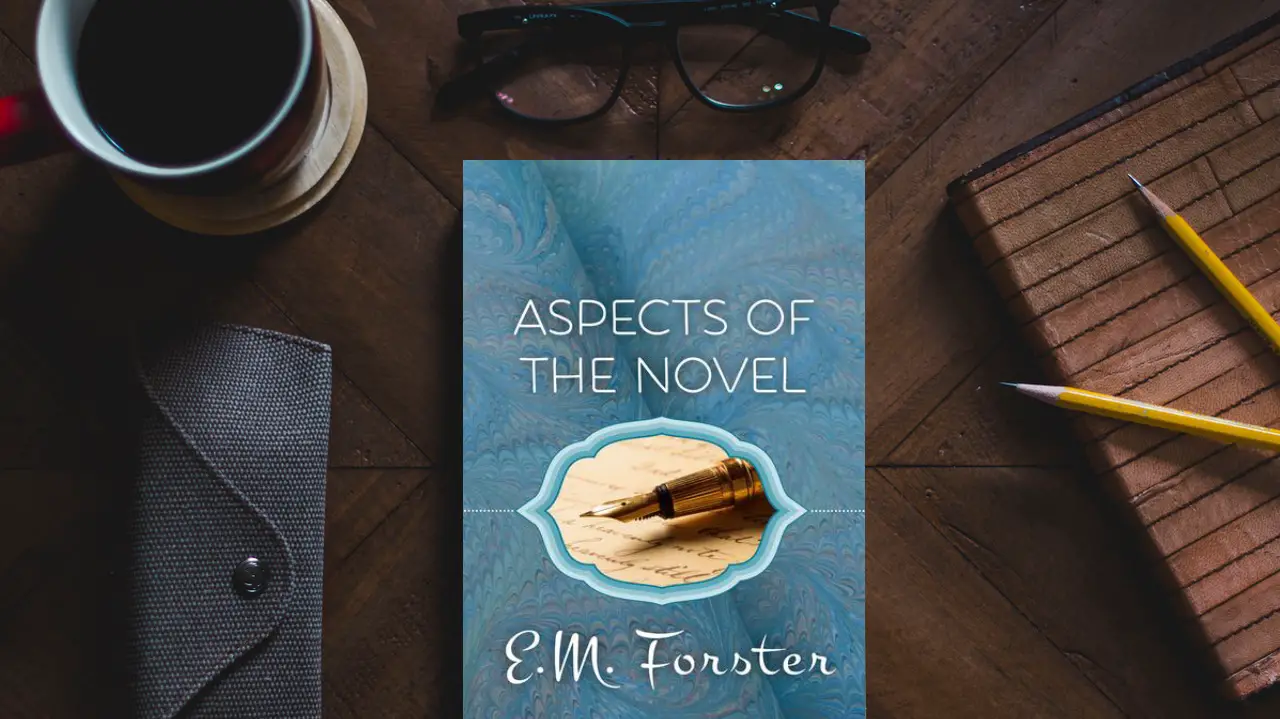This book was written by an acclaimed fiction writer at the turn of the twentieth century and tries to define what elements make a novel a novel. As a result, this is more of a book on what a novel is than how one should go about writing one. That being said, because it is written by a novelist, it is rather easy to make applications to your own writing.
The book is structured according to the seven elements that Forster believes are essential to a novel: story, characters, plot, fantasy, prophecy (the extent to which a story reaches toward universal themes), pattern, and rhythm. Each element gets a full chapter on it—with the exception of characters, which get a full two chapters on them as befits their prominent place within the novel.
The best sections of this book are arguably the chapters on characters and plot, as in these chapters Forster gives some of the best descriptions of what makes a novel quintessentially a novel. Forster does a really good job of pointing out how the depiction of the internal life of the character is what makes a novel quintessentially a novel, as well as how this natural tendency of the novel ends up making plot less important.
In an era such as our own where movies dominate the world of stories, it is important to recognize that different genres of storytelling emphasize characters and plot differently. Just because movies—as plays and dramas did before them—place a strong emphasis on plot, that does not mean that novels have to be the same way.
Other chapters weren’t quite as helpful. Forster’s discussion on story and prophecy are both difficult to understand and require a lot of close reading to fully understand how he’s defining both of these terms. In addition to this, as an avid fantasy reader, I found Forster’s discussion of fantasy slightly-helpful, but mostly outdated as Forster is writing in a time before Tolkien and Lewis pretty much reinvented the genre of fantasy.
Nevertheless, this was a helpful read, among other things because it shows a view of fiction that is slightly distinct from our own time. Each time period has its weaknesses, and so it’s important to read widely to be able to get a bigger picture of the object. Forster provides this perspective of a novel from the turn of the twentieth century. And so while the book may be a bit difficult to get through at times, all of this makes it a worthy addition to your reading list.

